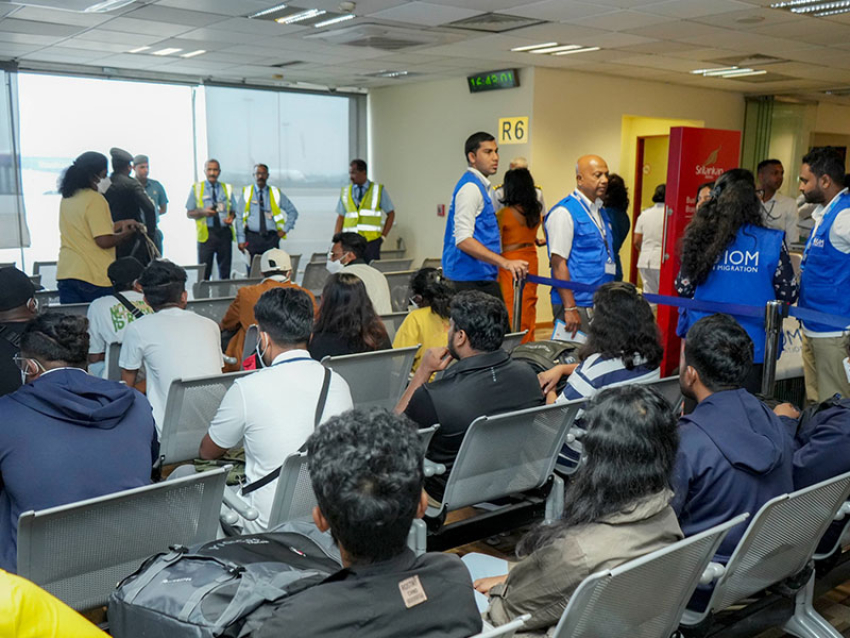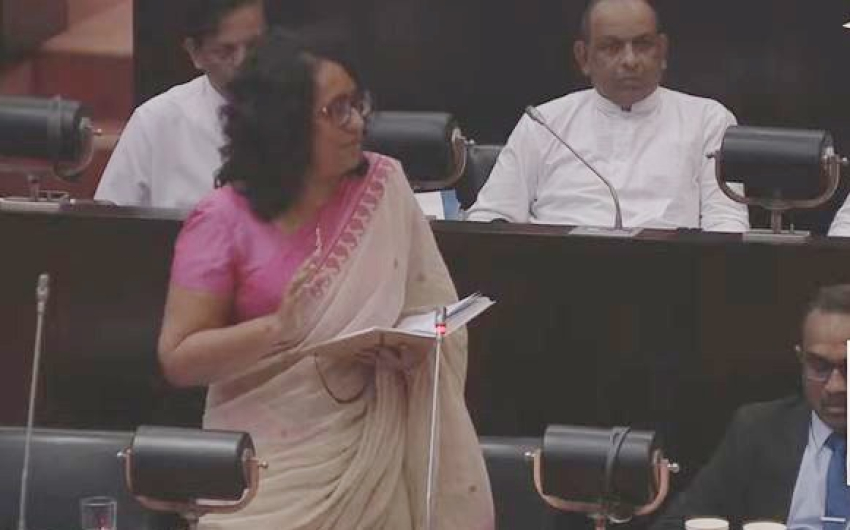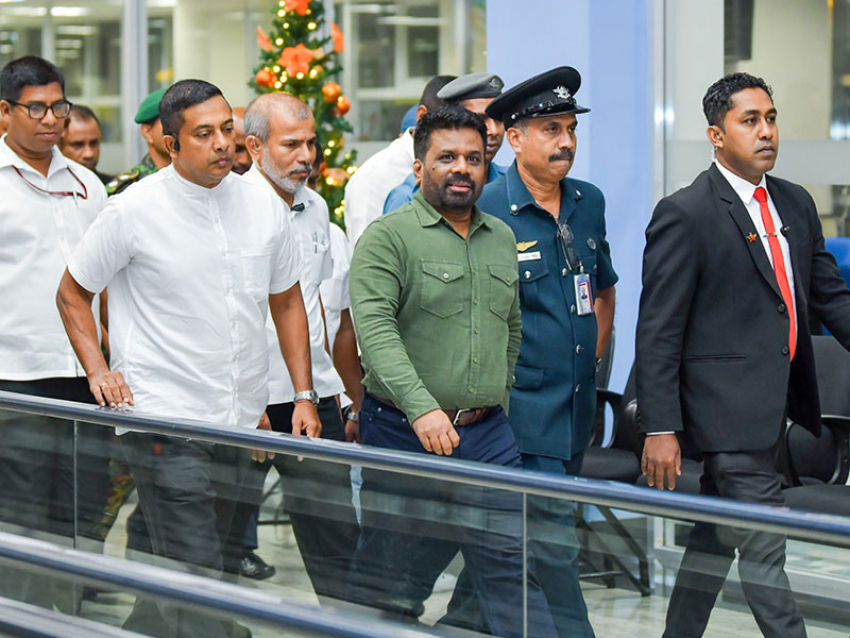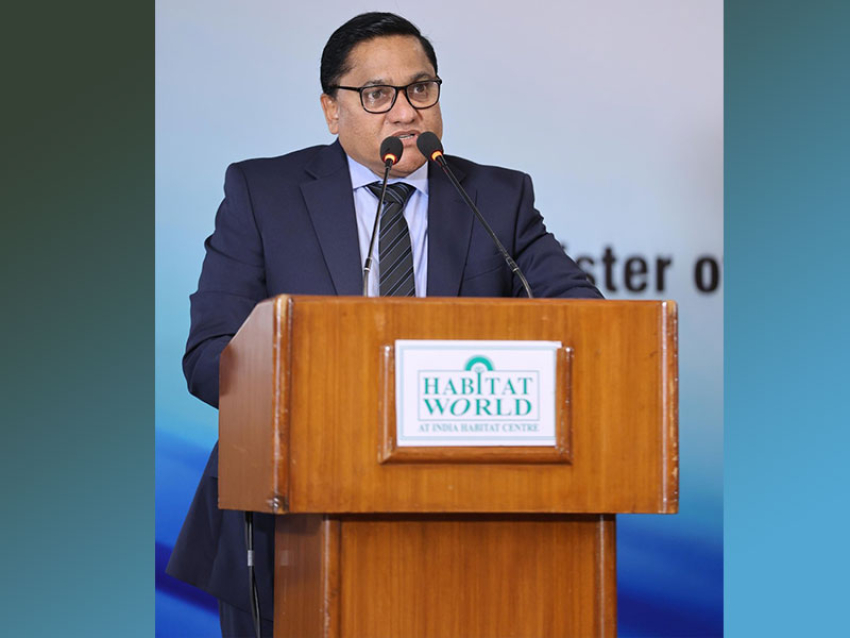The Indian capital, Delhi, has launched a car rationing system as it battles hazardous levels of pollution.From 4 to 15 November, only cars with either odd or even number plates will be allowed on the roads each day, officials said.Such a system has been used before, but it's not clear if it actually helps bring down pollution.Levels of dangerous particles in the air - known as PM2.5 - are at well over ten times safe limits.However, cars are not believed to be the main cause of Delhi's toxic air, with experts pointing instead to crop burning by farmers in neighbouring states to clear fields.Health officials have asked people to stay indoors and refrain from doing any physical activity as millions are at risk of respiratory illness. Schools are closed until Tuesday and the shutdown is likely to be extended until Friday as the city continues to choke under a thick blanket of smog.
Delhi Chief Minister Arvind Kejriwal said the car rationing system, known as the "odd-even plan", would take hundreds of thousands of cars off the road. Those ignoring the rule will be fined 4,000 rupees (£44; $56) - double that of previous years.Only public transport, emergency vehicles, taxis and two-wheelers will be allowed. Women driving alone will also be exempt from the rule.Experts say emissions from vehicles are just one of several factors that have turned the city into - in Mr Kejriwal's words - a "gas chamber".A major cause of the high pollution levels at this time of year is farmers in neighbouring states burning crop stubble to clear their fields.This creates a lethal cocktail of particulate matter - carbon dioxide, nitrogen dioxide and sulphur dioxide - all worsened by fireworks set off during the Hindu festival of Diwali a week ago.Construction and industrial emissions have also contributed to the smog.
Efforts to identify a cause have sparked a row between state and federal politicians, with Mr Kejriwal calling on the neighbouring states of Punjab and Haryana to crack down on crop burning.This led to Federal Environment Minister Prakash Javadekar accusing Mr Kejriwal of politicising the issue and painting his neighbours "as villains".But ordinary Indians are just hoping that scattered rainfall in the coming week will wash away the pollutants. However this is not expected until Thursday.There is no escaping the oppressive smog which has descended on the city. According to Siddharth Singh, climate policy researcher and author of The Great Smog of India, the air in Delhi "smells like burning leaves"."It's smoky. Eyes are itchy. The throat is also a little iffy. And everyone's feeling it," he told the BBC.
The level of PM2.5 - tiny particulates that can enter deep into the lungs - was at one point seven times higher than in the Chinese capital Beijing, which has battled similar pollution problems in recent years.An Indian health ministry official said the city's pollution monitors did not have enough digits to accurately record pollution levels, which he called a "disaster".Five million masks were handed out in schools on Friday as officials declared a public health emergency.Part of the reason is a change in crop cycles and harvesting in the agricultural states of Punjab and Haryana.A decade ago the two states passed identical laws intended to preserve ground water, which effectively compelled farmers to plant their rice crops in mid-June rather than end-April as was the tradition.This was to enable them to make use of monsoonal rains to grow the heavily water-dependant crop.
The delay in the planting cycle meant the harvesting cycle was also delayed. Farmers now have much less time to prepare their fields for the next crop cycle and burning stubble is a cheap and effective way to clear the land.Unfortunately, this coincides with changing wind patterns over Delhi and the rest of north India."The perfect storm of conditions during November has created almost 30 percent higher atmospheric concentrations of fine particulate matter," said a Cornell University study published in July.Delhi's geography - it is landlocked and sits on a flat plain that is blocked off by the Himalayas - means it is more drastically affected.And the mega-city's traffic also contributes to the problem.Hundreds of teams from the police, the transport department and civil volunteers have been deployed to enforce the system, which was previously used in 2016 and 2017.It is likely to put extra pressure on the public transport system but officials say they will increase services.If your number plate ends in one, three, five, seven or nine, you can only drive on odd dates (5,7,9,11,13 and 15 November) and if it ends in zero, two, four, six or eight, you can drive on even dates (4,6,8,12 and 14 November).The restrictions are in place from 8am to 8pm from Monday to Saturday and will also apply to cars coming from outside the city. Sunday is free for all.Unlike in earlier years, vehicles that run on cleaner fuel like CNG (compressed natural gas) will have to adhere to the system, though electric vehicles are still exempt.Delhi's chief minister and other state ministers are not exempt, though there is a fairly long list of those who've been granted exemptions from the rule.They include the president and prime minister, foreign diplomats, women driving alone or with only female passengers, and cars on the way to hospital if they can prove it's an emergency.
Millions of masks distributed to students in 'gas chamber' Delhi
1 November 2019
Share this with Facebook Share this with Messenger Share this with Twitter Share this with Email Share
Media captionResidents donned high-grade masks under a blanket of polluted smog
Five million masks are being distributed at schools in India's capital, Delhi, after pollution made the air so toxic officials were forced to declare a public health emergency.
A Supreme Court-mandated panel imposed several restrictions in the city and two neighbouring states, as air quality deteriorated to "severe" levels.
Dangerous particulate levels in the air are about 20 times the WHO maximum.
The city's schools have also been closed until at least next Tuesday.
All construction has been halted for a week and fireworks have been banned. From Monday, the city will introduce a temporary scheme so that only cars with odd or even numbered licence plates can drive on given days, in a bid to cut traffic pollution.
Delhi's Chief Minister Arvind Kejriwal said the city had been turned into a "gas chamber".
The hashtags #DelhiAirQuality and #FightAgainstDelhiPollition are trending on Twitter.
Image Copyright @erkashishgarg01@ERKASHISHGARG01<br< a="">>Report
Image Copyright @vishmlondhe@VISHMLONDHE<br< a="">>Report
The thick smog also raised concerns for the weekend's cricket clash between India and Bangladesh. A 2017 match in similar polluted conditions led to Sri Lankan players vomiting on the pitch.
The burning is so widespread that it even shows up in satellite photos from Nasa.




















